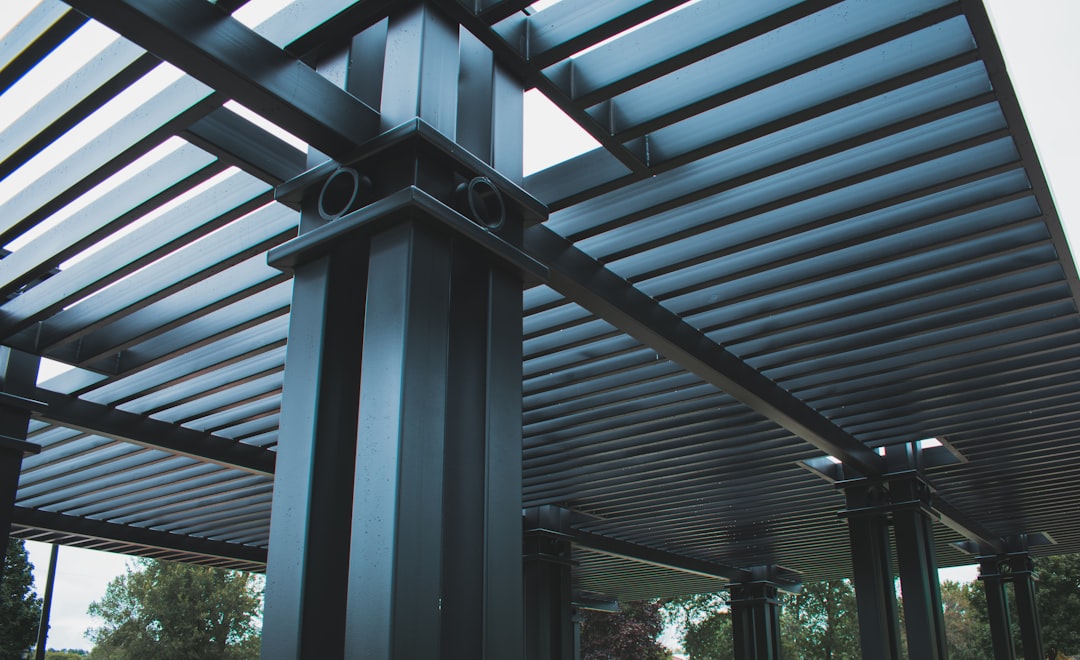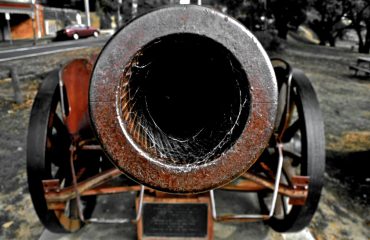In the ever-evolving landscape of construction, prefabricated steel structures are emerging as a dominant force, revolutionizing how we design, build, and inhabit spaces. Their inherent strength, versatility, and efficiency are transforming industries, from commercial and industrial projects to residential developments and even disaster relief efforts. This comprehensive guide delves into the world of prefabricated steel structures, exploring their advantages, design intricacies, diverse applications, cost-effectiveness, and future prospects.
The Unmatched Advantages of Prefabricated Steel Structures
Prefabricated steel structures offer a compelling array of advantages over traditional construction methods. Their inherent strength-to-weight ratio allows for the creation of larger, more open spaces with minimal support structures. This translates to increased usable floor area and reduced material costs. Furthermore, steel’s durability ensures longevity and resistance to various environmental factors, including fire, pests, and weathering. The precision manufacturing process minimizes on-site errors and waste, leading to faster construction timelines and reduced labor costs. The modular nature of prefabricated steel components also simplifies transportation and assembly, making them ideal for challenging or remote locations.
The Design Process: From Blueprint to Built Environment
The design process for prefabricated steel structures is highly meticulous and collaborative. It begins with detailed architectural and engineering plans, taking into account factors such as load-bearing capacity, seismic considerations, and specific client requirements. Advanced Computer-Aided Design (CAD) software plays a crucial role in creating accurate 3D models and optimizing structural components for efficient fabrication. This digital approach allows for precise pre-fabrication, minimizing on-site adjustments and ensuring a seamless assembly process. Rigorous quality control measures are implemented at each stage, from material selection to component manufacturing, guaranteeing the structural integrity and safety of the final product. Detailed shop drawings are produced to guide the fabrication and erection process, providing clear instructions for the construction crew.
Diverse Applications: Where Steel Structures Shine
The versatility of prefabricated steel structures makes them suitable for a wide range of applications. In the commercial sector, they are frequently used for warehouses, factories, retail spaces, and office buildings. Their ability to span large areas without internal columns creates flexible and adaptable spaces. The industrial sector benefits from their robust construction, making them ideal for heavy machinery and hazardous environments. Prefabricated steel structures also find applications in residential construction, offering cost-effective and customizable housing solutions, especially in areas prone to natural disasters. Furthermore, they are utilized in the construction of bridges, stadiums, and other large-scale infrastructure projects, demonstrating their adaptability and scalability.
Cost-Effectiveness: Balancing Quality and Budget
While the initial investment in prefabricated steel structures might seem higher than traditional methods, the long-term cost-effectiveness is undeniable. Faster construction times translate to reduced labor costs and project completion delays. The minimized waste and precision manufacturing process lead to significant material savings. Furthermore, the durability and longevity of steel structures reduce the need for frequent repairs and maintenance, leading to lower operational costs over the building’s lifespan. The off-site fabrication minimizes disruptions to the surrounding environment, further contributing to cost savings.
The Future of Prefabricated Steel Structures: Innovation and Sustainability
The future of prefabricated steel structures is bright, driven by continuous innovations in design, materials, and manufacturing processes. The integration of sustainable practices, such as the use of recycled steel and energy-efficient design features, is becoming increasingly important. Advancements in robotics and automation are streamlining the fabrication process, further enhancing efficiency and precision. The development of new steel alloys with improved strength and durability is expanding the possibilities for even more complex and ambitious projects. The ongoing research into sustainable construction methods ensures that prefabricated steel structures will continue to play a vital role in shaping the built environment of tomorrow.
Tags: prefabricated steel structures, steel buildings, modular construction, prefabricated steel buildings, steel structure design




